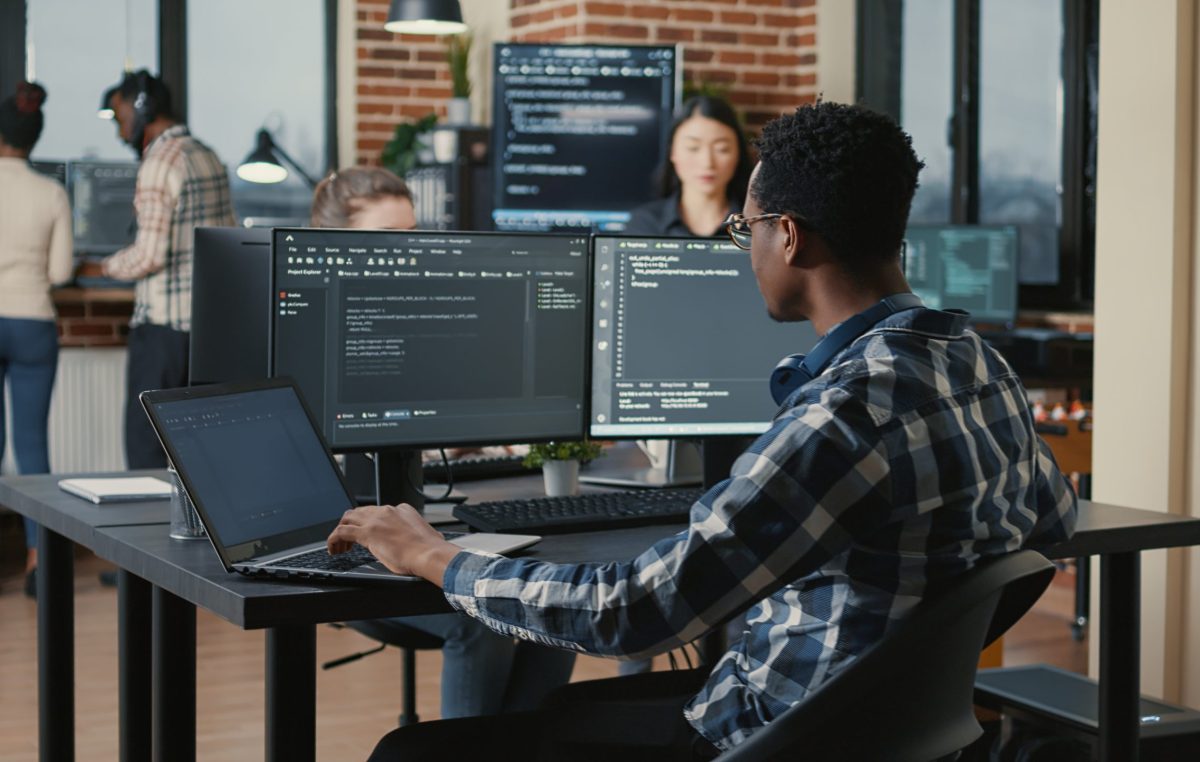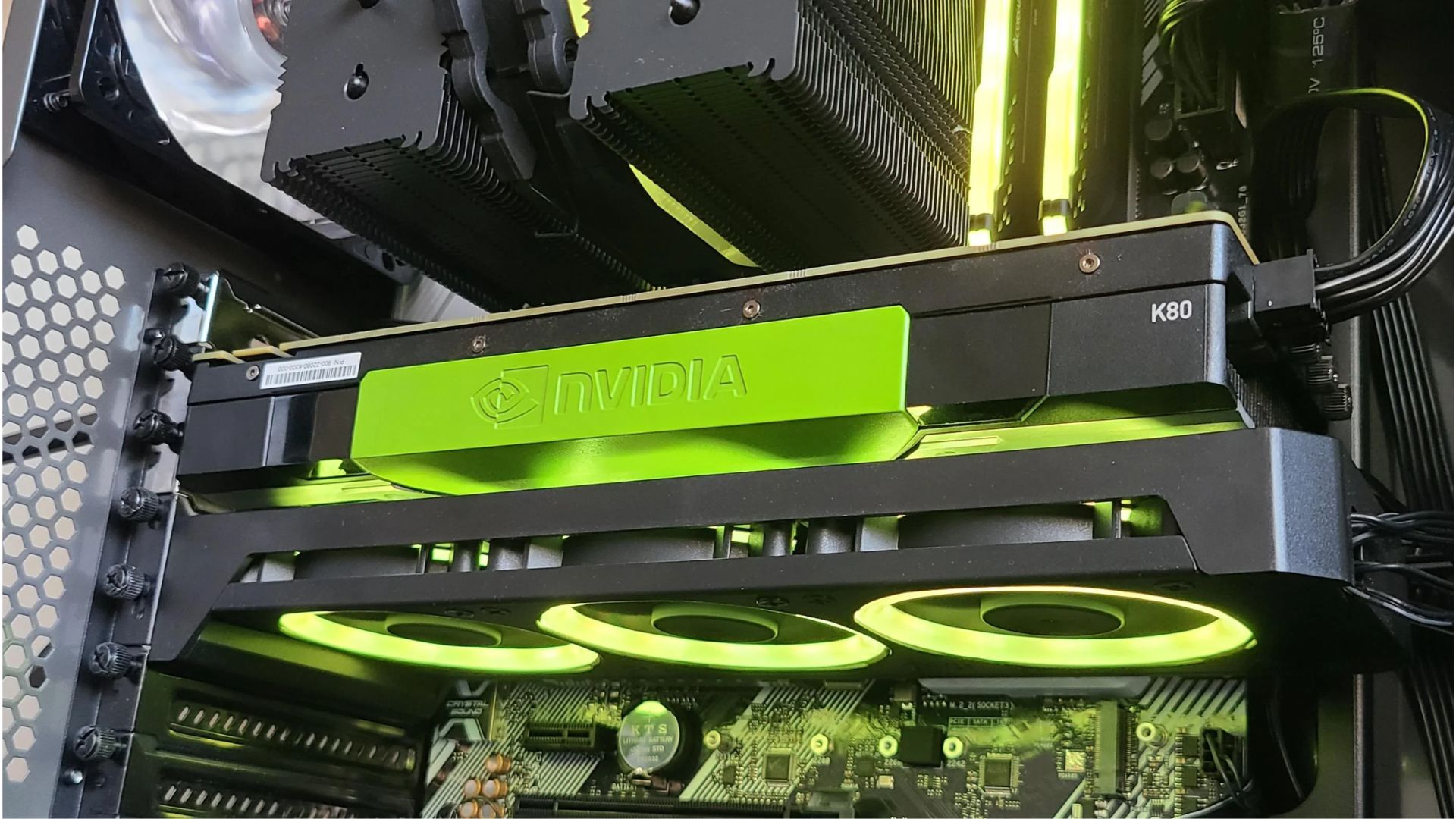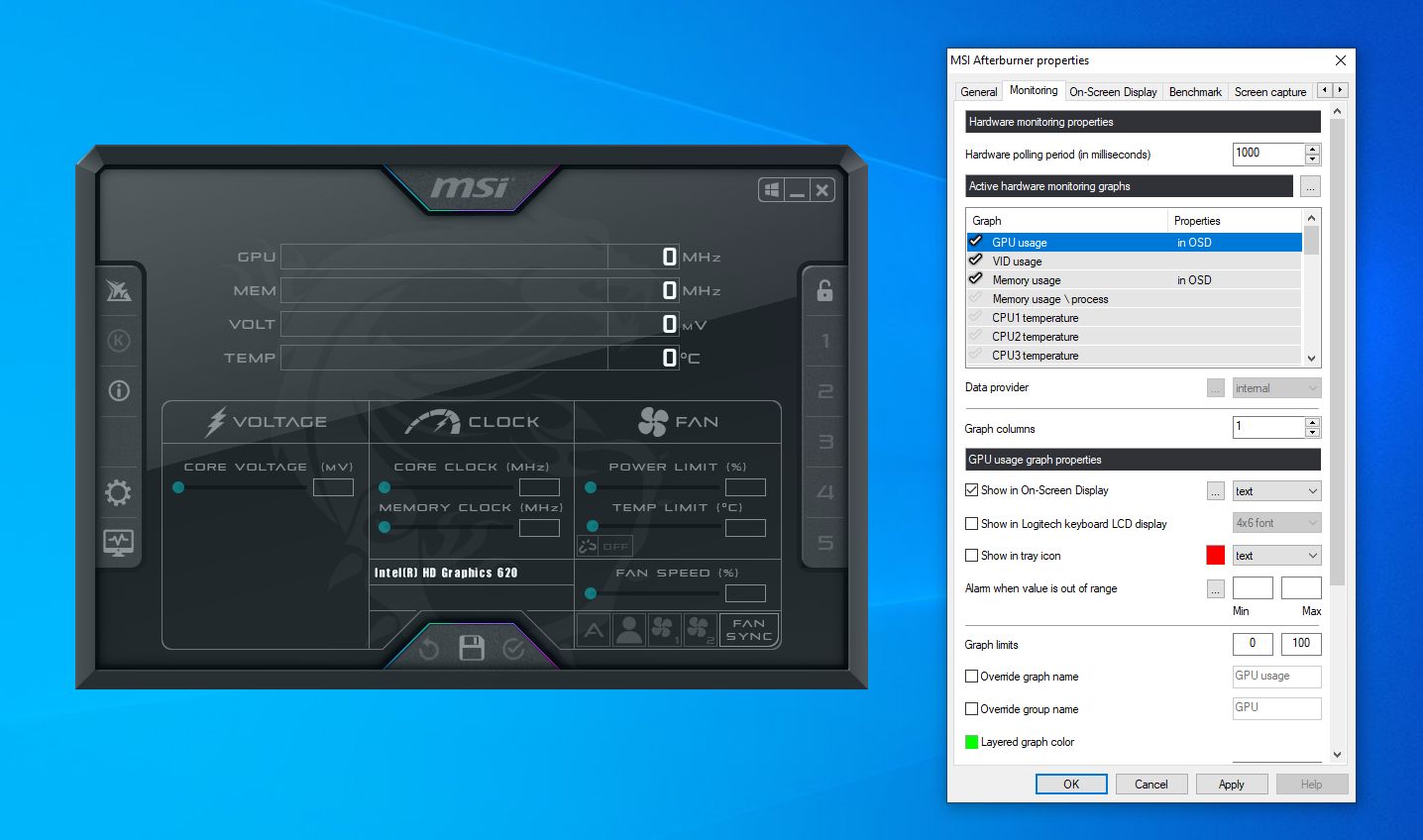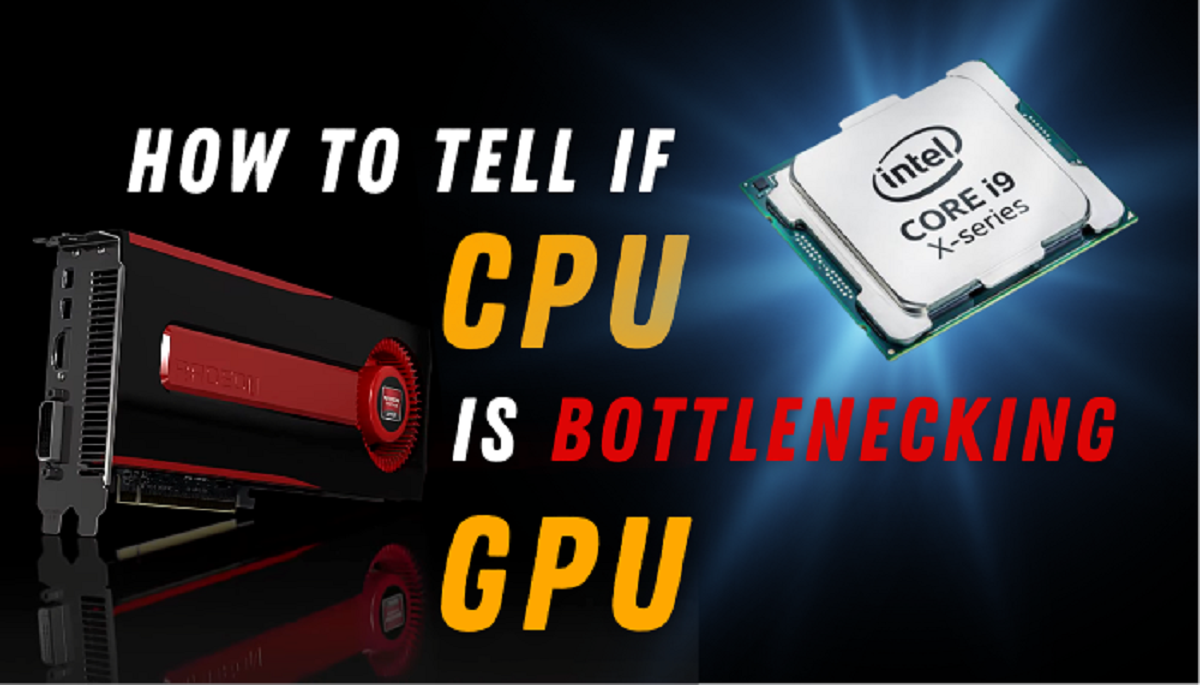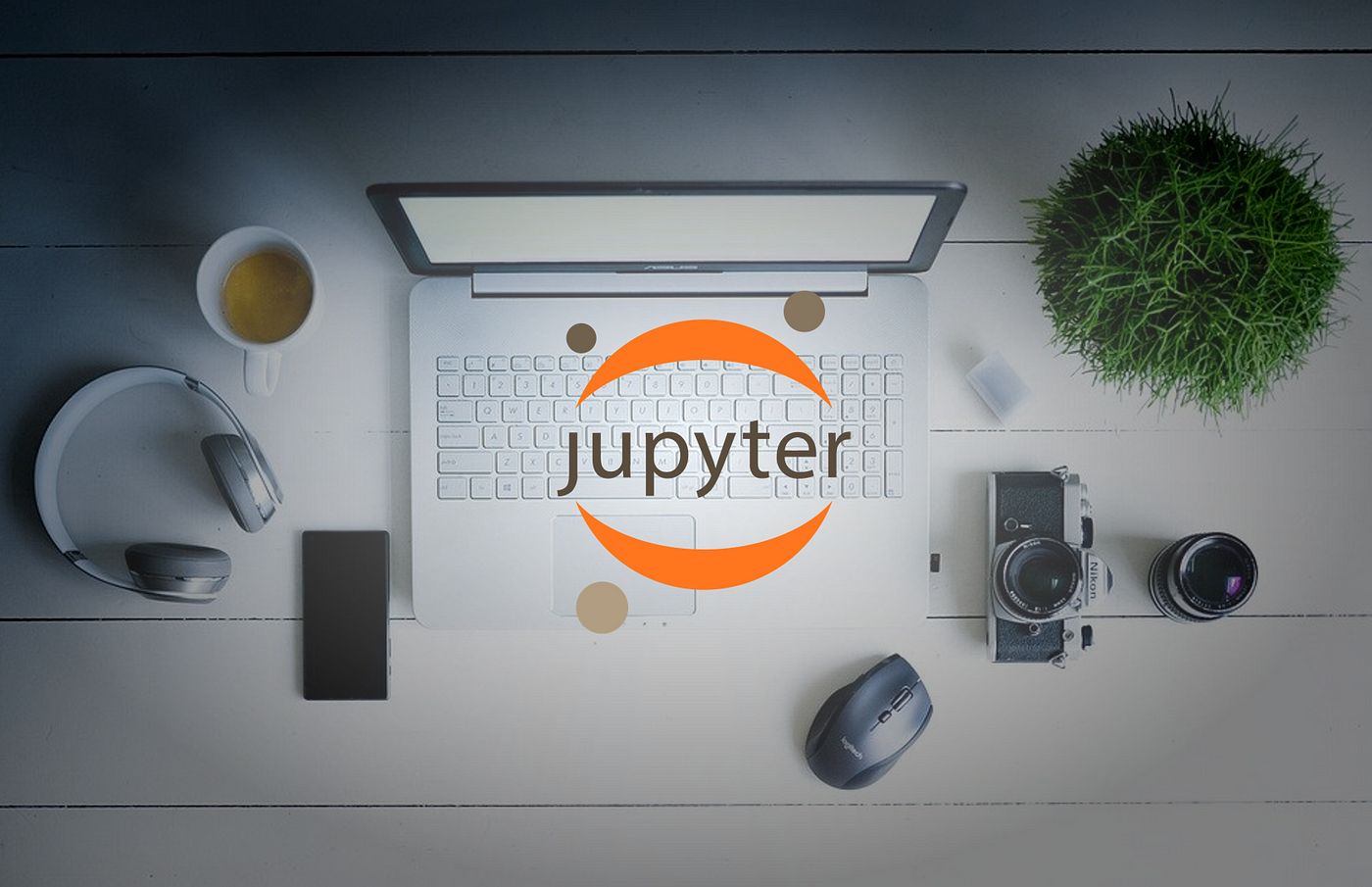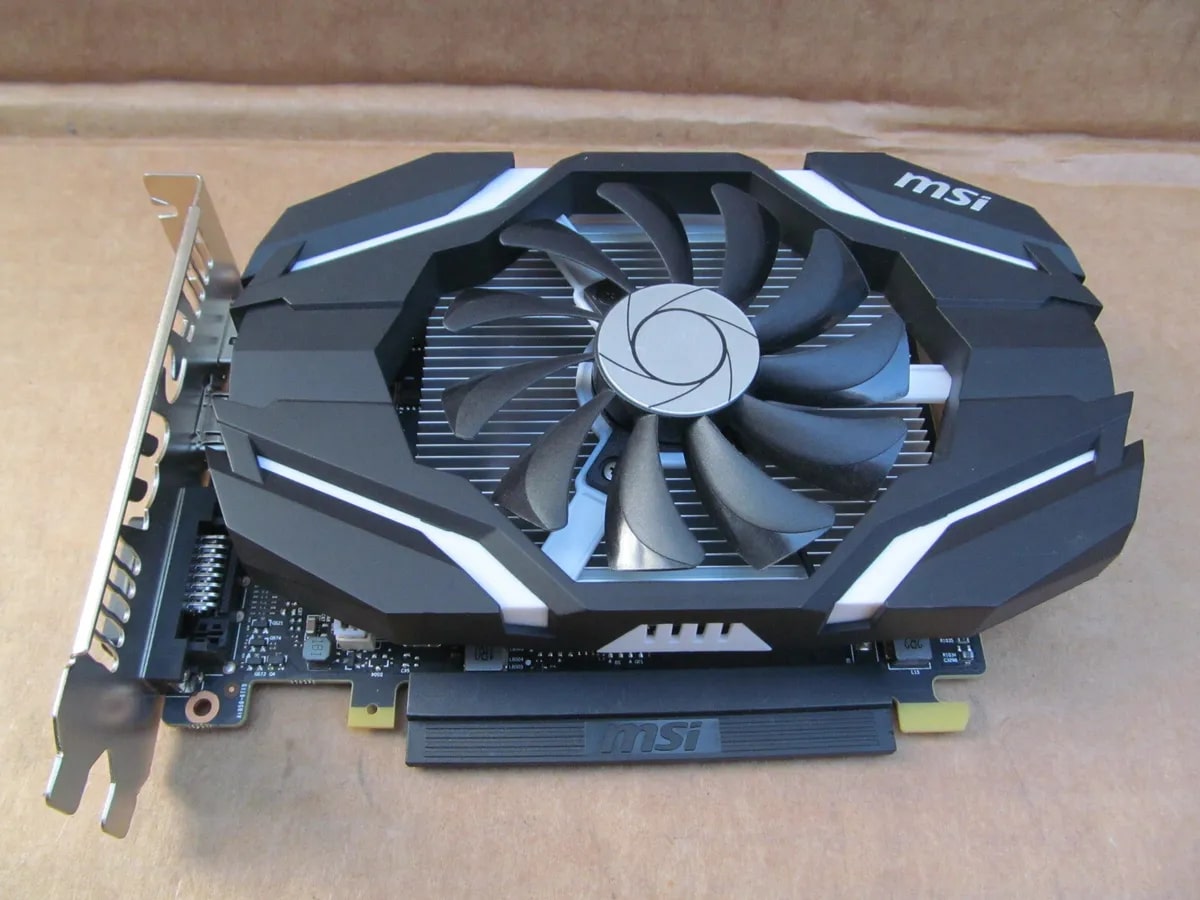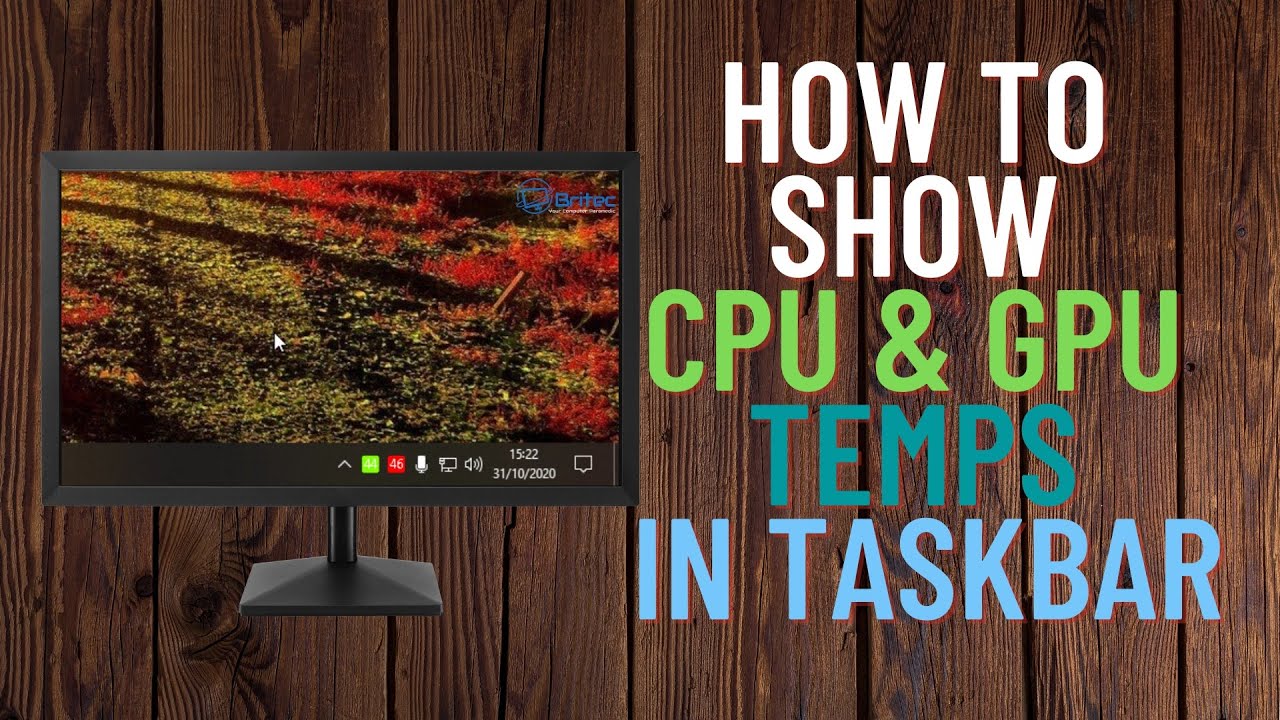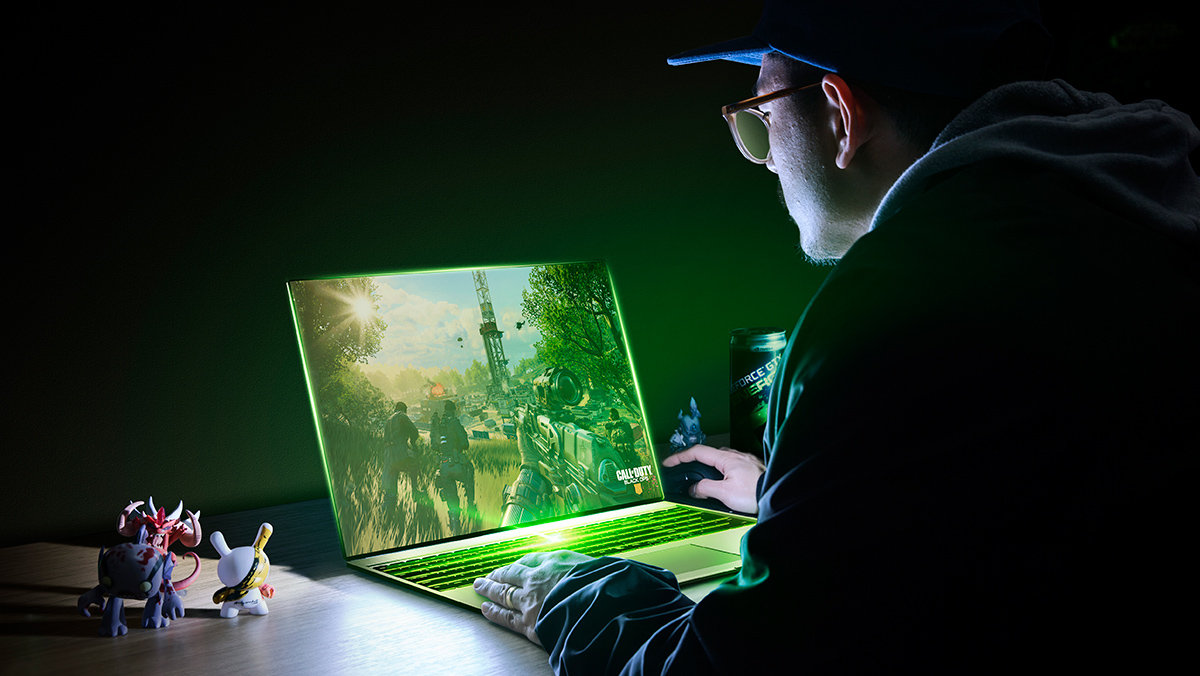Introduction
Welcome to our comprehensive guide on how to increase GPU utilization! If you’re a gamer, a graphics designer, or a professional working with GPU-intensive tasks, you know the importance of getting the most out of your graphics processing unit (GPU). Maximizing GPU utilization not only enhances performance but also allows you to tackle even the most demanding tasks efficiently.
GPU utilization refers to the percentage of GPU resources being utilized at any given time. Oftentimes, GPUs are not fully utilized, leading to wasted potential and possible performance bottlenecks. This can be frustrating, especially if you’ve invested in a powerful GPU that you expect to deliver exceptional performance.
In this guide, we will explore the various factors that affect GPU utilization and provide you with practical tips to optimize your GPU workloads. We will also share tools and techniques for monitoring GPU utilization and troubleshooting low GPU utilization issues. By the end of this guide, you will have a solid understanding of how to improve GPU utilization and unleash the full potential of your graphics card.
Whether you’re a PC enthusiast looking to enhance your gaming experience, a content creator dealing with high-resolution video editing, or a data scientist running complex machine learning algorithms, the information in this guide is applicable to you. So, let’s dive in and discover how to get more out of your GPU!
Understanding GPU Utilization
Before we delve into optimizing GPU utilization, it’s important to have a clear understanding of what GPU utilization is and the factors that affect it.
GPU utilization refers to the percentage of time the GPU is actively processing tasks. It indicates how efficiently the GPU is being utilized to perform computations and render graphics. GPU utilization is influenced by several factors, including:
- Task Complexity: The complexity of the tasks being performed by the GPU directly impacts its utilization. More complex tasks, such as rendering high-resolution graphics or running complex simulations, require higher GPU utilization.
- Hardware Constraints: The specifications of your GPU, including the number of cores, clock speed, and memory bandwidth, play a significant role in determining the maximum potential GPU utilization. Upgrading to a more powerful GPU can increase the maximum achievable utilization.
- Software Optimization: The software you are using plays a crucial role in GPU utilization. Well-optimized applications take advantage of GPU acceleration, utilizing the GPU’s processing power effectively. On the other hand, poorly optimized software may not fully utilize the GPU, resulting in lower utilization.
- Task Scheduling: GPU utilization can be affected by how tasks are scheduled and distributed across the GPU cores. Efficient task scheduling ensures that the GPU resources are fully utilized, maximizing its potential.
- Thermal and Power Constraints: GPUs have thermal and power limits to prevent overheating and excessive power consumption. When these limits are reached, the GPU may throttle its performance, leading to lower utilization. Ensuring proper cooling and adequate power supply can help maintain optimal GPU utilization.
Understanding these factors is crucial when it comes to optimizing GPU utilization. By addressing any bottlenecks related to task complexity, hardware limitations, software optimization, task scheduling, and thermal and power constraints, you can significantly improve GPU utilization and enhance overall performance.
In the next section, we will dive into specific strategies and techniques to optimize GPU workloads and boost utilization. So, let’s move on to the exciting part!
Optimizing GPU Workloads
Now that we have a solid understanding of GPU utilization and its influencing factors, let’s explore some effective strategies for optimizing GPU workloads and maximizing GPU utilization.
- Task Parallelism: One of the key ways to increase GPU utilization is by leveraging task parallelism. Divide your workload into smaller, independent tasks that can be executed simultaneously on different GPU cores. This allows the GPU to process multiple tasks concurrently, increasing overall utilization.
- GPU Accelerated Libraries: Many software libraries offer GPU acceleration options that utilize the power of your GPU. For tasks such as data processing, machine learning, or image rendering, using GPU-accelerated libraries can significantly improve performance and GPU utilization. Make sure to explore and utilize these libraries in your workflows.
- Load Balancing: Efficiently distributing tasks across the GPU cores is essential for maximizing utilization. Uneven task distribution can lead to some cores being underutilized while others are overloaded. Employ load balancing techniques and algorithms to evenly distribute the workload, ensuring optimal GPU utilization.
- Data Transfer Optimization: Minimizing data transfer between the CPU and GPU can greatly impact GPU utilization. Whenever possible, perform data processing and computations directly on the GPU, reducing the need for frequent data transfers. This reduces latency and bandwidth usage, allowing the GPU to focus on actual computations and improve utilization.
- Memory Management: Efficient memory management is critical for GPU utilization. Ensure that your GPU has enough dedicated memory for the tasks at hand and avoid memory fragmentation. Optimize data structures and algorithms to minimize memory usage and maximize the available memory bandwidth, leading to improved GPU utilization.
By implementing these optimization techniques, you can achieve higher GPU utilization and unlock the full potential of your graphics card. Keep in mind that the effectiveness of these strategies may vary depending on the specific workload and software being utilized. Experimentation and fine-tuning are often necessary to find the optimal settings for your tasks.
In the next section, we will explore methods to monitor GPU utilization to track the efficiency of your optimizations. So, let’s move forward!
Monitoring GPU Utilization
Once you have optimized your GPU workloads, it’s essential to monitor GPU utilization to track the effectiveness of your optimizations and identify any potential issues. Fortunately, there are several tools and methods available for monitoring GPU utilization.
1. Task Manager: If you’re using Windows, the built-in Task Manager provides basic GPU utilization information. Open Task Manager, navigate to the Performance tab, and select GPU. You can monitor GPU utilization, memory usage, and other relevant metrics in real-time.
2. GPU-Z: GPU-Z is a popular monitoring tool specifically designed for GPUs. It provides detailed information about your GPU, including core clock speed, memory usage, temperature, and GPU load. This tool is beneficial for monitoring GPU utilization during intensive tasks.
3. NVIDIA System Monitor: If you have an NVIDIA GPU, the NVIDIA System Monitor is a powerful tool for monitoring GPU utilization. It offers real-time monitoring of GPU utilization, temperature, fan speed, and other essential metrics. It can also generate detailed logs for further analysis.
4. Third-Party Monitoring Software: Various third-party software applications, such as MSI Afterburner and HWiNFO, offer comprehensive GPU monitoring capabilities. These tools provide real-time monitoring of GPU utilization, temperatures, clock speeds, and other metrics, allowing you to fine-tune your GPU settings for maximum utilization.
Regularly monitoring GPU utilization helps you identify potential bottlenecks, ensure optimal performance, and track the impact of any adjustments you make to optimize GPU workloads. It allows you to make data-driven decisions and fine-tune your workflow to achieve the best possible GPU utilization.
In the next section, we will address common issues related to low GPU utilization and provide troubleshooting tips to help you overcome these challenges. So, let’s continue!
Troubleshooting Low GPU Utilization
Experiencing low GPU utilization can be frustrating, especially when you expect your GPU to perform at its best. Fortunately, there are several troubleshooting steps you can take to identify and resolve the issues causing low GPU utilization. Let’s explore some common causes and potential solutions:
1. Outdated Drivers: Ensure that you have the latest GPU drivers installed. Outdated drivers can affect performance and GPU utilization. Visit the official website of your GPU manufacturer to download and install the latest drivers.
2. Power Management Settings: Check your power management settings to ensure that your GPU is not being limited to a power-saving mode. Adjust the power settings in your operating system or GPU control panel to provide maximum performance.
3. Incompatible Software: Some software applications may be incompatible with your GPU or may not utilize it effectively. Check for software updates or alternative applications that are GPU-optimized and compatible.
4. Background Processes: Background processes or applications consuming GPU resources can impact utilization. Close unnecessary applications or processes that may be running in the background and competing for GPU resources.
5. GPU Temperature: Ensure that your GPU is running within a safe temperature range. High temperatures can cause the GPU to throttle performance, resulting in lower utilization. Proper ventilation, cooling, and cleaning of the GPU can help maintain optimal temperature levels.
6. BIOS Settings: Check your motherboard’s BIOS settings to ensure that settings related to PCI-E and graphics are correctly configured. Incorrect settings may limit the GPU’s performance and utilization.
7. Memory Allocation: Insufficient memory allocation for GPU tasks can lead to low utilization. Review your GPU memory allocation settings and increase it if necessary. This can be done through the GPU control panel or by modifying application-specific settings.
By troubleshooting and addressing these common causes, you can significantly improve GPU utilization and unlock the full potential of your graphics card.
It’s important to note that different systems and configurations may have unique causes for low GPU utilization. If the above steps do not resolve the issue, consider seeking help from online forums or contacting technical support to get personalized assistance based on your specific setup.
Now that we’ve covered troubleshooting low GPU utilization, let’s summarize the key points in the concluding section!
Conclusion
Optimizing GPU utilization is essential for maximizing performance and getting the most out of your graphics processing unit. In this guide, we have explored various aspects related to GPU utilization, including understanding its definition, factors that influence it, and strategies for optimization.
We began by understanding GPU utilization, which refers to the percentage of GPU resources being actively utilized at any given time. We learned that task complexity, hardware constraints, software optimization, task scheduling, and thermal and power constraints all play a role in determining GPU utilization.
Next, we delved into optimizing GPU workloads by employing strategies such as task parallelism, utilizing GPU-accelerated libraries, load balancing, optimizing data transfer, and effective memory management. These techniques allow us to make the most out of the available GPU resources and enhance overall performance.
We then discussed the importance of monitoring GPU utilization to track the effectiveness of our optimizations and identify any potential issues. Various tools, including the built-in Task Manager, GPU-Z, NVIDIA System Monitor, and third-party software, allow us to monitor GPU utilization and performance in real-time.
Furthermore, we addressed the troubleshooting steps for low GPU utilization, such as ensuring updated drivers, managing power settings, checking software compatibility, closing background processes, monitoring GPU temperature, reviewing BIOS settings, and managing memory allocation. By identifying and resolving these common issues, we can improve GPU utilization and overcome performance limitations.
In conclusion, optimizing GPU utilization involves a combination of software, hardware, and configuration adjustments. By understanding and addressing the factors that influence GPU utilization, implementing optimization strategies, monitoring GPU performance, and troubleshooting low utilization, you can unlock the full potential of your GPU and achieve exceptional performance for a variety of tasks.
We hope this guide has provided valuable insights and guidance on increasing GPU utilization. Now it’s time to put your knowledge into action and experience the improved performance and efficiency that optimized GPU utilization brings!







